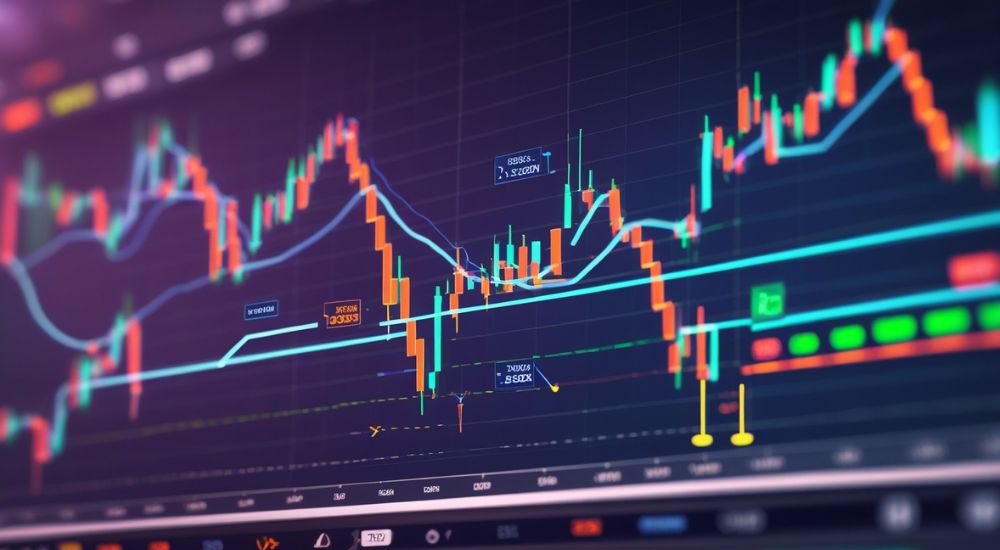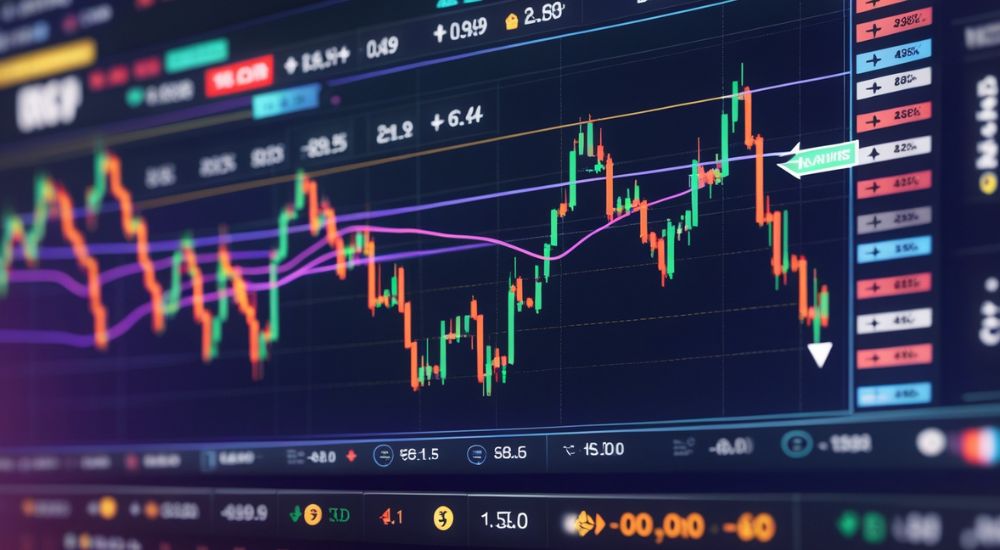To win in the stock market, you need to know why a stock moves and what will happen next. That’s where Technical Analysis comes in. Reading charts, finding patterns, and looking at trends can give you an edge, whether you’re a day trader or a long-term investor.
But technical analysis isn’t just for people who work on Wall Street; it’s for anyone who wants to make better, more informed investment choices. This in-depth guide will explain the main ideas, tools, and indicators that make up technical analysis and show you how to use them, even if you’re new to it.
Are you ready to take your investments to the next level? Let’s get started. 📈
Table of Contents
📊 What Is Technical Analysis?
Using past market data, mostly price and volume, to predict future price movements is what technical analysis is all about. This is how traders look for trade setups with a high chance of success.
🔎 It’s like reading a stock’s body language: you look at patterns in charts to try to guess what it will do next.
📘 For a beginner’s refresher, check out: What Is the Stock Market? Explain the Basics for Beginner
🧠 Why Technical Analysis Matters
- It helps with timing: Know when to buy and sell.
- Technical analysis can be used on stocks, crypto, forex, and commodities.
- Objective signals: setups based on data that lower emotional bias.
💡 Technical analysis looks at market sentiment, supply and demand, and momentum, while fundamental analysis looks at a company’s financial health.
🛠️ Core Tools and Indicators Explained
| Tool/Indicator | Purpose | Use Case |
|---|---|---|
| Moving Averages (MA) | Smoothens price data to identify trend direction | Best for trend-following |
| Relative Strength Index (RSI) | Measures momentum and identifies overbought/oversold zones | Signals reversal |
| MACD | Combines MA and momentum for trend strength | Spot bullish/bearish crossovers |
| Bollinger Bands | Shows price volatility | Useful for breakout traders |
| Volume | Confirms trend strength | Higher volume = more conviction |

🕵️♂️ Reading Stock Charts Like a Pro
Most traders use candlestick charts to get a full view of market behavior in a single glance.
- 📈 Green candle = closing price higher than open (bullish)
- 📉 Red candle = closing price lower than open (bearish)
- 📍 Wick or shadow = price high and low during the period
🧭 Common chart types:
- Candlestick (most popular)
- Line chart (great for simplicity)
- OHLC bar chart (open-high-low-close)
🔄 Popular Chart Patterns and What They Mean
🔼 Bullish Patterns
- Double Bottom
- Cup and Handle
- Ascending Triangle
🔽 Bearish Patterns
- Head and Shoulders
- Double Top
- Descending Triangle
📘 For more strategy-based insights, read: Master Stock Trading: Tips for Smarter Investing

⏱️ Timeframes: Short-Term vs Long-Term Analysis
Different timeframes serve different types of traders:
| Trader Type | Timeframe Used | Strategy |
|---|---|---|
| Scalper | 1–15 mins | High-frequency trades |
| Day Trader | 15 mins–1 hour | No overnight positions |
| Swing Trader | Daily–Weekly | Hold for days/weeks |
| Investor | Weekly–Monthly | Use TA for better entry points |
Long-term investors use technical analysis to find the right time to buy, not just the right stock.
💡 Technical Analysis vs Fundamental Analysis
| Technical Analysis | Fundamental Analysis |
|---|---|
| Focuses on charts and price | Focuses on business metrics |
| Ideal for short-term moves | Best for long-term valuation |
| Uses indicators and trends | Uses balance sheets & ratios |
📚 Read: Mastering Stock Market Fundamentals for Long-Term Wealth
🧪 Real-World Example: Applying Technical Analysis
Imagine you want to trade Tata Motors:
- Check the daily chart – see price nearing a support zone.
- RSI is below 30 – oversold territory.
- MACD crossover shows potential upward momentum.
- Volume spikes confirm institutional interest.
✅ Result: You buy at ₹650 and set a stop-loss at ₹630, targeting ₹700.

✅ Final Thoughts: Should You Use Technical Analysis?
Yes, if you want to trade better, not just harder.
Analysis of the technical side:
- Gives your trading decisions more structure
- Helps plan when to enter and exit and manage risks
- Works well with basic analysis for mixed strategies
It’s not about being able to perfectly predict the future; it’s about making your chances of success better.
⚠️ Disclaimer: This blog post is for educational purposes only. Investing and trading in financial markets involves risk. Always do your own research or consult a financial advisor before making any decisions.
❓Frequently Asked Questions (FAQs)
1. Is technical analysis useful for long-term investors?
Yes! Even long-term investors use it to find the right time to buy or confirm trends.
2. Can beginners learn technical analysis easily?
Yes, of course. Use simple indicators like Moving Averages and RSI to get started. You don’t have to be good at math.
3. Is technical analysis accurate?
It’s not perfect, but using it with discipline and other information can help you succeed more often.

